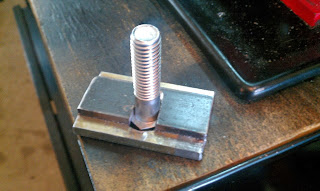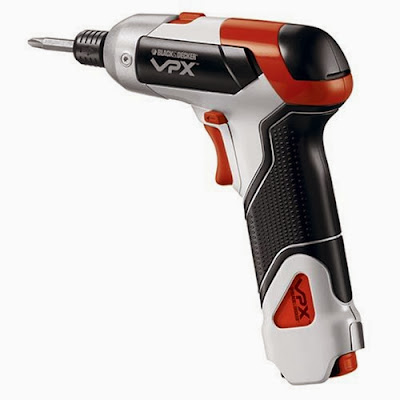Why?
- EMF/EMI
The spindle is controlled using PWM and a high voltage. This can induce currents in the other wires locates close by.
- Low Quality Wire
CNCs see thousands...millions of repetitive motions. The wires will break at some point no matter how good. It's well known with these units that they ship with low grade wire that can have breaks after only a few hours of machine operation. I'm going to upgrade to wire/cable that is specifically designed for use in a CNC machine.
Cable Selection:
McMasterCarr -
http://www.mcmaster.com/#catalog/119/802/=m38xy7
Manufacturer -
http://www.igus.eu/iPro/iPro_01_0013_0021_GBen.htm?c=DE&l=en
Description:
- The bodybuilder of the wire world, this cable never gets tired of flexing. It has stranded copper conductors and is often used in cable chain and track for robotics, CNC machines, and material handling equipment. It has one green/yellow ground wire, unless noted. CE approved. Maximum continuous length is 100 ft. Note: The total number of conductors includes the ground wire.
- Shielded cable eliminates electromagnetic interference (EMI).
- 300-VAC Cable
- Has black insulated conductors with white sequential numbers.
- Shielded cable has tinned copper braided shielding.
- Standard—Good for general use; cable withstands periodic exposure to most oils and fluids. It has PVC-insulated conductors surrounded by a PVC jacket. Temperature range is 23° to 158° F. Passes FT1 vertical flame test. UL recognized and CSA certified.
- Oil Resistant—Handles continuous exposure to oil and fluid. It has TPE-insulated conductors surrounded by a polyurethane jacket. Temperature range is -31° to +176° F. Passes FT1 vertical flame test. UL and C-UL recognized.
- Heavy Duty—Made to last over 17 million high-speed cycles. It's oil, abrasion, and chemical resistant and has TPE-E (thermoplastic elastomer) insulated conductors surrounded by a polyurethane jacket. Temperature range is -40° to +194° F.
Required Cable Lengths: (approximate)
X-Axis -
Y-Axis - 26" or 65mm
Z-Axis -
Spindle Motor -
Total Length Required:
Cable Track:
McMasterCarr -
http://www.mcmaster.com/#catalog/119/1531/=phqkmp
Manufacturer -
http://www.igus.eu/iPro/iPro_01_0002_0002_GBen.htm?ArtNr=06.30.028.0&c=DE&l=en&aeartNr=060.30.12PZ
Description
- When space is tight, you need low-profile carriers. Snap-together links make length adjustment quick and easy. Join lengths by hand; use a screwdriver for dis-assembly. All are black glass-filled nylon. Operating temperature is -40° to 266° F. Compatible with this style of Igus carriers.
- Feed-through carriers require the cable and hose to be threaded through the entire length.
- Mounting brackets are made of black glass-filled nylon and have a built-in plate for strain relief. Fasteners for mounting the brackets to the surface are not included.
The lower, main track, requires capacity for 3x cables (X-axis, Z-axis, & spindle) while the upper track requires capacity for 2x cables (Z-axis & spindle). Depending on your spindle's current draw, you may find it necessary to double up on the wires you use (2x 18AWG for positive and 2x 18AWG for negative).
Length Lower Track:
Length Upper Track:
Connectors:
These obviously match the new panel I made in a previous post. They are decent quality and are definitely over kill for this setup. Best of all, they are metal, so I can ground them. I connected the shield of the wire to the connector itself so the entire cable's shield is grounded. I have not yet found optimal connectors for the stepper motor end of the cables.
Installation:
2" Wide x 1/8" Thick piece of flat stock cut to length. Drilled and tapped for M3 screws.
You could use a piece of angle bracket from a local hardware store. I used a piece of scrap aluminum from a power supply frame that I cut to size. I drilled and tapped the side arm of the CNC.
The tightest configurations looks to strain the cables.
So I gave it some more length even though it will not exactly be compact. Now the cables are nice and flat. Also there is less strain on the chain.
Final complete assembly of the primary cable chain. X, Z, & Spindle cables are run through it.
I will do another post (Part #2) on installing the secondary cable chain for the Z and Spindle cables.



























